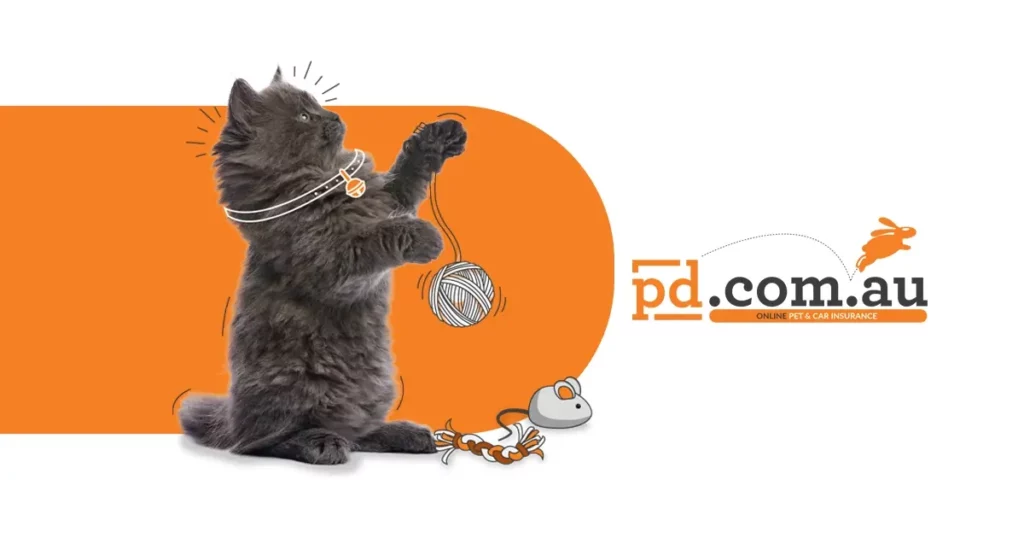Cat owners should weigh the potential benefits of microchipping against any concerns they may have. Consulting a vet can provide valuable insights and guidance on the benefits, risks, and any alternative methods available for ensuring the safety and identification of your beloved pet.
At the same time, cat parents must consider being equipped with cat insurance so their felines have basic medical cover during challenging health situations. There can be instances where little furballs escape home, wander off, or get lost and return home unwell or in painful health conditions. In such cases and many others, having a pet policy significantly helps.
Contemplate purchasing a cat plan because pet insurance cost can be more bearable than unexpected vet bills you may have to deal with during testing times of health. In the meantime, read this article to learn if microchipping a cat is necessary.

Should I microchip my kitty?
While microchipping your kitty cat may or may not be a legal requirement, it is highly recommended by vets and animal welfare organizations.
Microchipping offers several benefits and can significantly enhance the possibility of reuniting you with your cat if it were lost anytime. Read on for reasons to microchip your cat –
1.Permanent identification
Unlike collars or tags that can be lost or removed, a microchip is a lasting form of identification. It consists of a tiny, rice-sized chip implanted beneath a furball’s skin, typically between the shoulder blades. Each microchip has a unique identification number linked to the owner’s contact information.
2.Better reunion chances
Veterinary clinics, animal control agencies, or shelters can scan for microchips to find the owner of a lost or missing cat.
If your lost cat has one, they can contact you and assist in its safe return. Microchips have proven to be highly effective in reuniting lost felines with their human parents.
3.Proof of ownership
In situations where ownership of a cat is in dispute, a microchip can serve as concrete evidence of your ownership. This can be particularly useful if your cat is nabbed by pesky pet thieves or found by someone who may claim your cat is their own.
4.Travel and moving
Microchipping is often required or strongly recommended if you plan to travel with your kitty cat or move to a new location. Microchipping helps ensure that your furry companion can be easily identified and returned to you if it were to escape or become lost during the journey or in unfamiliar surroundings.
5.Peace of mind
This technology provides peace of mind for cat owners, knowing they have taken extra steps to protect their furry family members. It is a proactive measure that potentially saves your cat’s life and prevents it from ending up in a shelter or being rehomed.
Microchipping is a safe and relatively simple procedure performed by a veterinarian. If you decide to microchip your cat, register the microchip with your current contact information and keep it updated whenever there are changes.
Stay guarded, and consider being equipped with cat insurance so your frisky pet is covered for basic health benefits during distressing health situations and medical emergencies. Pet insurance cost can be much less than unanticipated vet bills, which is why you must contemplate purchasing a policy.